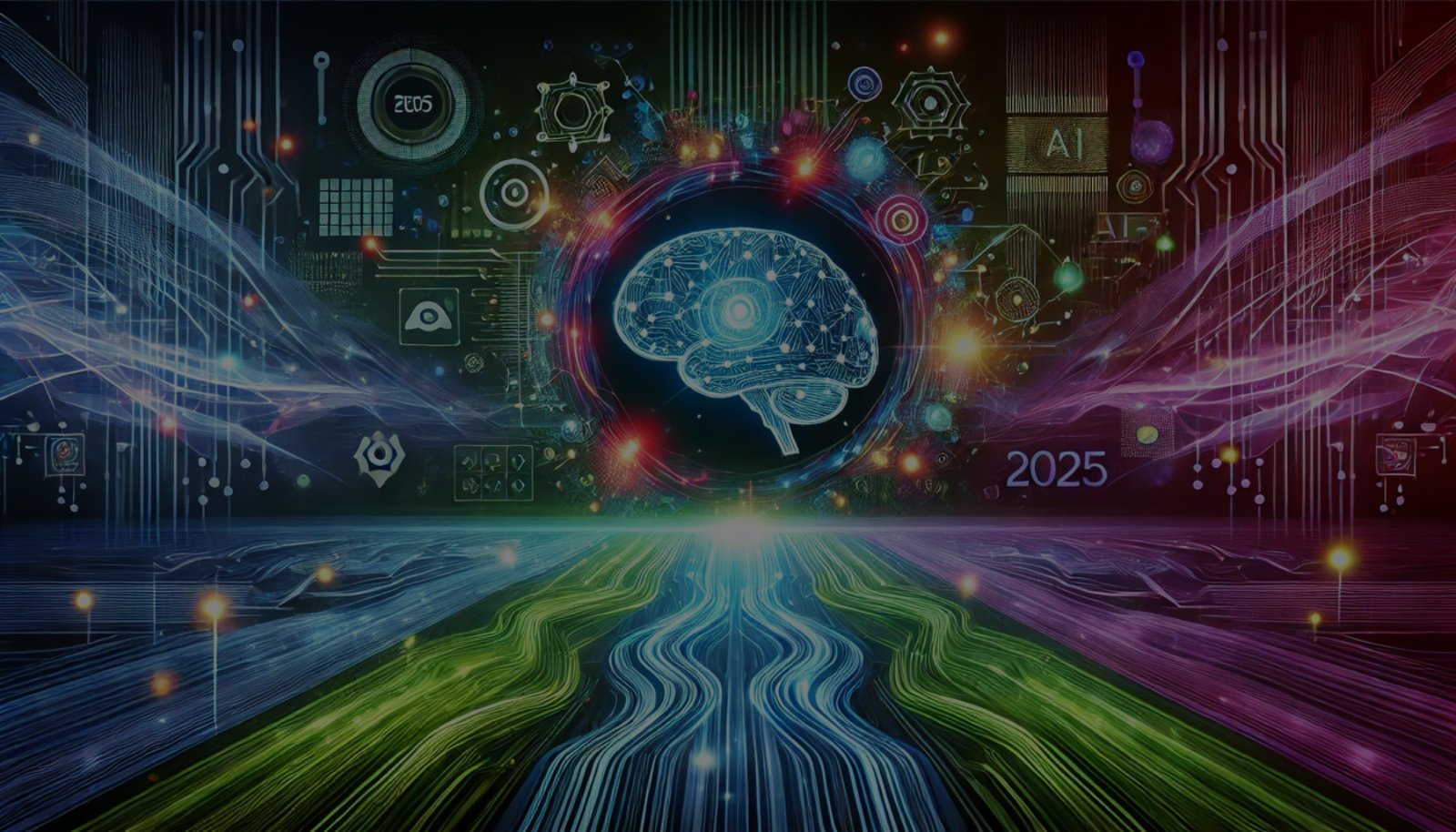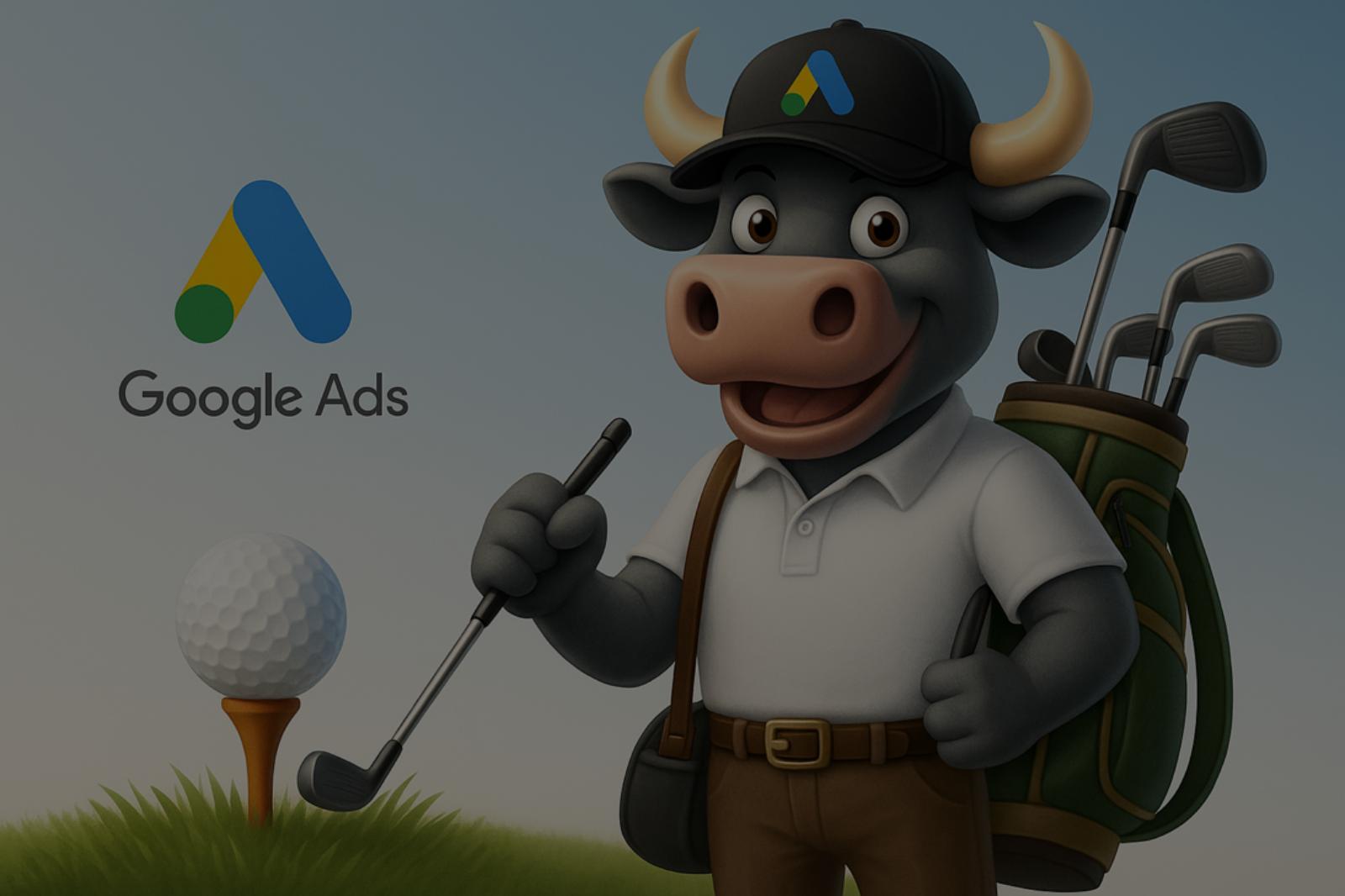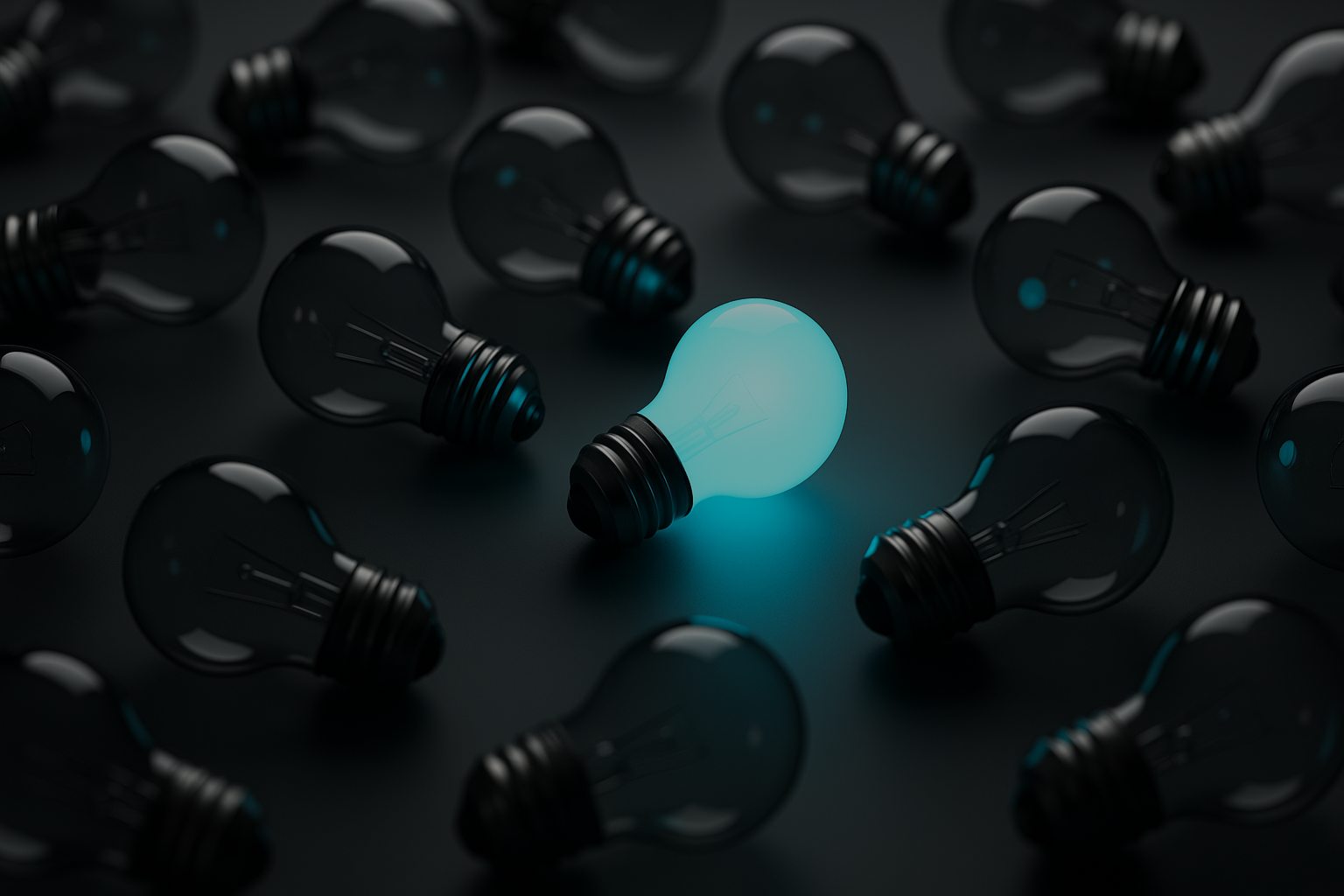Inbound marketing used to be the playbook. Attract, engage, delight—that formula built thousands of companies. The problem is buyers don’t move in straight lines anymore. Funnels are broken, clicks are disappearing, and attention is scattered across dozens of platforms and AI tools.
Loop Marketing is the new model. Instead of pushing people through a funnel, you meet them in a continuous cycle: Express, Tailor, Amplify, Evolve. Each round makes the next one smarter.
This guide breaks down what Loop Marketing actually is, why HubSpot is betting big on it, and how you can start using it today—without scrapping everything you’ve already built.
TLDR / Key Summary
- 58% of Google searches now end without a click. That means buyers find answers directly in AI, social feeds, and creator recommendations.
- Loop Marketing replaces funnels with cycles. Four stages:
- Express: Lock in brand positioning and consistent messaging.
- Tailor: Personalize content beyond just first names.
- Amplify: Spread the message across multiple channels (and inside AI tools).
- Evolve: Measure, adapt, and improve every cycle.
- AI is the engine. Use it to analyze feedback, segment customers, remix content, and optimize campaigns in real time.
- You don’t have to start from scratch. Pick the stage where you’re weakest and run the loop from there.
Why Funnels Don’t Work Anymore
Funnels assume people move step-by-step: they search, click your blog, download a guide, get nurtured, and buy.
That path is dead.
- A study by SparkToro and Datos found that 58% of Google searches end without a single click.
- Buyers check Gmail, LinkedIn, YouTube, TikTok, ChatGPT, and Reddit before lunch.
- A single creator’s TikTok or a ChatGPT recommendation can carry more weight than your homepage.
So while content still matters, the way people find and trust brands has completely changed. You can’t “optimize for Google” and call it a strategy. You need a system that adapts in real time.

What is Loop Marketing?
Loop Marketing is HubSpot’s new framework. It’s not about dragging people through a funnel. It’s about creating a repeating cycle that sharpens every time you run it.
The four stages:
1. Express: Define and Align
This is where you lock in your brand identity. What do you stand for? How do customers describe you? What’s your voice?
How to do it:
- Use AI to analyze your best reviews, sales calls, or social comments.
- Pull out the exact language customers use.
- Build positioning statements and style guides so your message stays consistent everywhere.
Quick win: Ask AI: “Analyze our top 10 customer reviews. Identify the unique value we deliver that competitors can’t replicate. Create five brand positioning statements.”
2. Tailor: Personalize Beyond First Names
Personalization isn’t just dropping someone’s name in an email. It’s making the content actually relevant to what they care about right now.
How to do it:
- Segment your audience by behavior, triggers, or timing.
- Use CRM + AI tools (like HubSpot with Breeze AI) to spot patterns.
- Create dynamic landing pages, offers, and ads that shift based on who’s seeing them.
Quick win: Upload your last 12 months of customer purchase history into AI. Prompt it: “Segment into three highest-value personas. Create messaging that addresses their goals and challenges.”
3. Amplify: Show Up Everywhere They Are
It doesn’t matter how good your message is if nobody sees it. Amplify takes your refined positioning and scales it across the channels that actually matter.
How to do it:
- Take one core piece of content and remix it for every platform.
- Optimize your content for AI Engine Optimization (AEO) so you show up inside ChatGPT and Claude, not just Google.
- Partner with creators who already have trust with your audience.
Quick win: Take your top 3 blog posts and run this through AI: “Reformat these for AI search. Add Q&A sections, headings, and direct answers optimized for LLMs.”
4. Evolve: Learn, Adapt, Improve
The loop only works if you measure and feed the results back in. This is where AI shines.
How to do it:
- Upload your ad or email performance data into AI.
- Ask it to spot patterns in what worked and what failed.
- Apply those rules to your next campaign immediately.
Quick win: Prompt: “Analyze 6 months of campaign data. Identify patterns that predict high conversions. Create optimization rules for future campaigns.”

Why Loop Marketing Works
- It’s faster. Instead of waiting months to review campaign results, you adapt in real time.
- It’s compounding. Every loop adds knowledge that makes the next loop sharper.
- It’s everywhere. You’re not betting on one channel; you’re syncing across all of them.
The real power isn’t the framework itself. It’s the habit of looping.
Metric → Insight → Action → Result → Repeat.
That flywheel compounds over time.
How to Start Looping Today
Don’t overcomplicate it. You don’t need to rebuild your strategy.
- Pick your weakest stage. Messaging unclear? Start with Express. Engagement flat? Start with Tailor. Invisible in AI search? Start with Amplify. Campaigns underperforming? Start with Evolve.
- Run one loop this week. Download reviews, segment a list, reformat one blog, or analyze one campaign.
- Close the loop. Feed what you learned back into your next round.
New HubSpot Features That Enable Loop Marketing
HubSpot didn’t just announce a new idea. They built the tools to make Loop Marketing actually work inside your CRM.
Here are the key product updates that bring the loop to life:
Marketing Studio
A new AI-powered workspace that lets teams plan, create, and launch campaigns together—without bouncing between tools. Everything happens in one connected canvas, making collaboration fast and natural.
AEO (AI Engine Optimization)
SEO used to be about ranking in Google. AEO is about being cited inside AI answers.
HubSpot now helps you measure how your brand shows up in AI-powered engines like ChatGPT and Gemini, then optimize your content to appear more often.
Breeze Agents
Smarter than chatbots, these AI assistants live inside your HubSpot portal.
They can qualify leads, answer customer questions, and even run workflows—all while learning from your CRM data.
Segments & Personalization
HubSpot’s new segmentation tools use AI to identify high-intent audiences automatically.
You can then deliver hyper-personalized messages across emails, landing pages, and CTAs that actually match where someone is in the loop.
Self-Generating CRM
Your CRM now updates itself.
AI enriches contact and company profiles using data from calls, forms, and messages—keeping everything current without manual input.
Data Studio
Finally, a way to connect all your data without spreadsheets.
Data Studio pulls info from warehouses, spreadsheets, and integrations into clean, unified datasets so your analytics and automation stay accurate.
Together, these features form the infrastructure that makes Loop Marketing possible—brand expression, personalization at scale, multi-channel amplification, and real-time optimization.
If inbound marketing was about attraction, and the funnel was about conversion, the loop is about acceleration.
It keeps your marketing moving, learning, and improving every cycle.
For mid-market and enterprise teams, this isn’t a theory—it’s built into the latest version of Marketing Hub.

Final Thought
Funnels are built to end. Loops are built to grow.
The companies that thrive in 2025 won’t be the ones with the longest blogs or the biggest ad budgets. They’ll be the ones who learn the fastest, adapt the quickest, and improve every single cycle.
Loop once, learn something. Loop a hundred times, and you’re untouchable.



